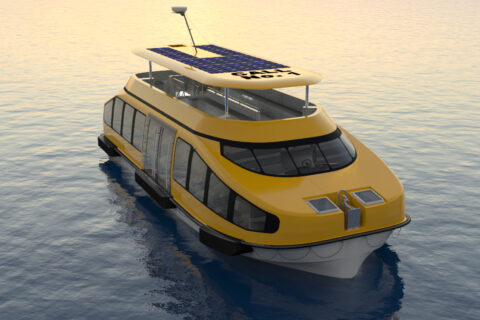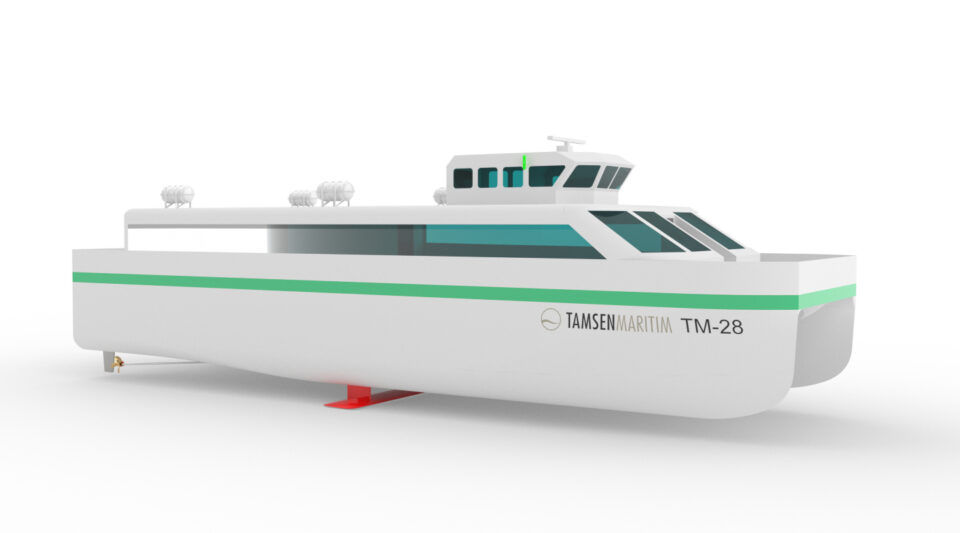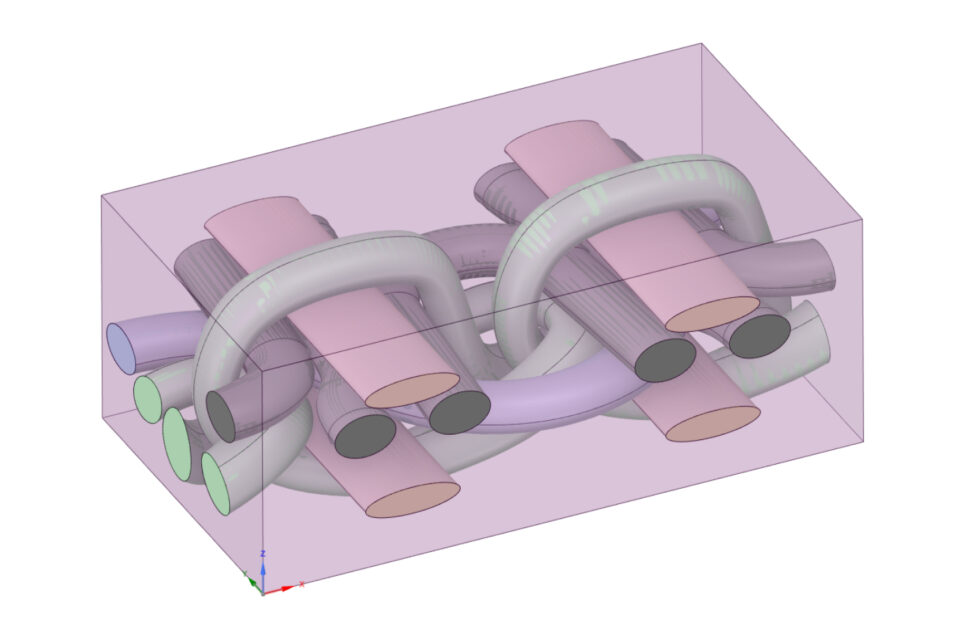The shipbuilding industry is exposed to strong competition. This entails a multitude of challenges. One answer to this is lightweight design. Making weight savings has a major impact on fuel consumption, as it reduces travelling resistance. This increases the economic efficiency of your fleet. Moreover, this saving of resources also reduces the CO2 footprint of each ship. This will make your customers happy. With us, you can realise the themes of lightweight design and reduction of travelling resistance in the best possible way, because we have developed innovative solutions for your challenges.
Our solution competencies
Our formula for success in inspiring solutions is an experienced team that develops and optimises components with passion and curiosity, using the latest design and simulation tools and methods.
Solution 1:
We will make your ships more efficient – with ease.
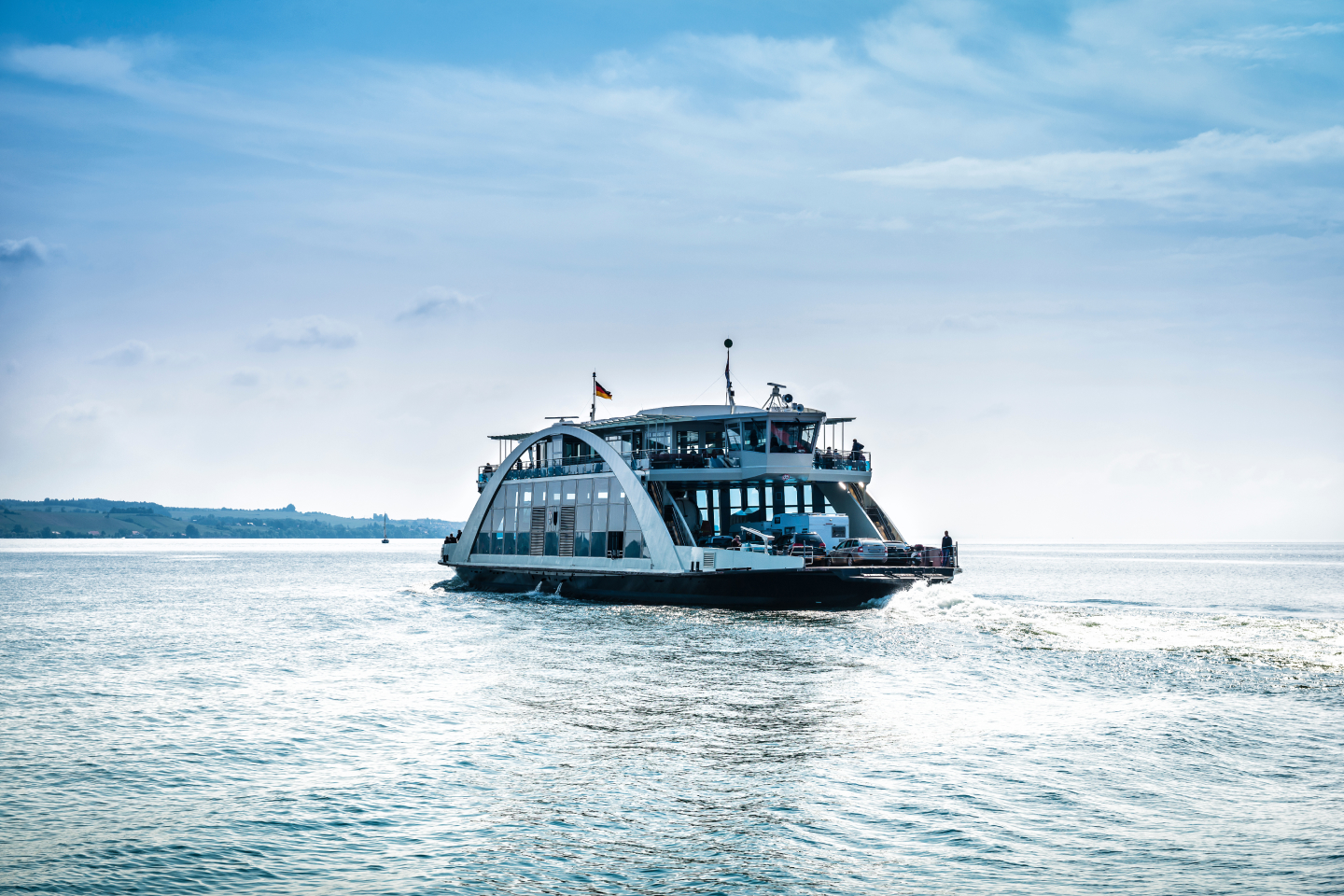
Integrating lightweight design or composites in boat and shipbuilding creates new possibilities and approaches to solutions. We have a very good understanding of how components or even entire assemblies can be made lighter with the help of composites. Our extensive expertise in lightweight design helps us in this. We can offer innovative solutions for shipbuilding in particular, as we are involved in several research projects. In one of them, new technologies are being developed to safely join fibre composites with steel using new joining technologies. This creates new possibilities for weight savings. In the other research project, we are creating ways to reduce the resistance of hulls and thus save resources by developing new hydrofoiling concepts.
This approach can make an important contribution to making your ships more efficient and thus increasing their competitiveness.
Solution 2:
Save costs and time with us thanks to lightweight design.

Classic shipbuilding concepts reach their limits in many areas when it comes to saving on additional costs, resources or time during production and operation of the vessel. This is where innovative solutions, such as those we implement in ship and boat building, can provide a remedy. We optimise individual components but also entire assemblies through the use of innovative lightweight design concepts. As already mentioned, we are involved in research projects that enable the safe, adhesive- and screw-free joining of fibre composites with steel components. This means that we can also enable and simplify the integration of composite components into existing steel assemblies.
Our novel approaches make it possible for you to use state-of-the-art material concepts that you can easily integrate into your existing production flow. This saves your time, money and valuable resources.
Solution 3:
We simplify certification of your ships.
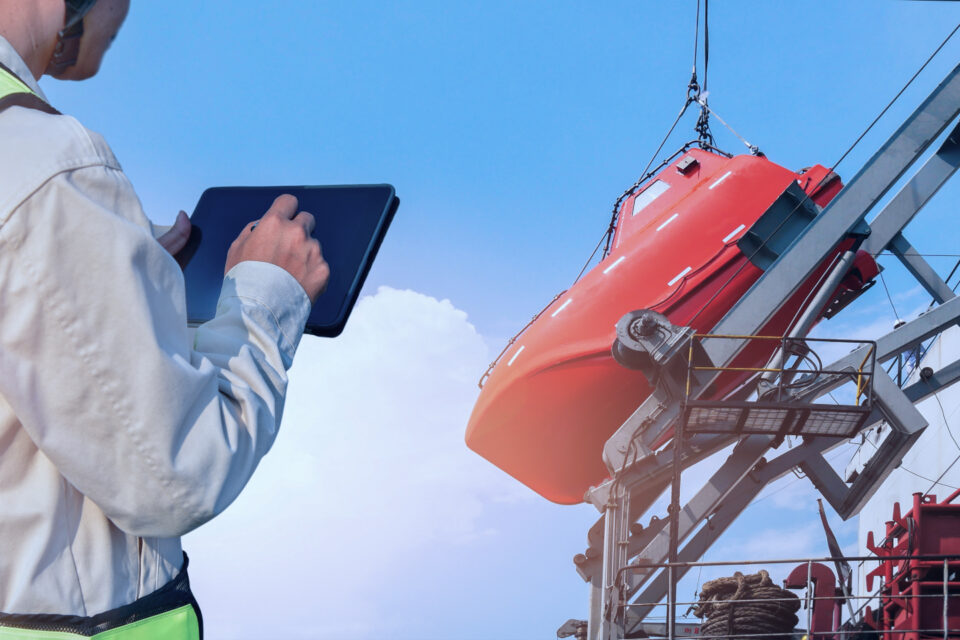
In addition to our many years of expertise in lightweight design and innovative component optimisation, our in-depth knowledge of the boat and shipbuilding industry as well as our extensive experience with various classification societies are important success factors for the rapid certification of your shipbuilding components. This makes it possible for us to provide you with holistic and targeted support in the development and implementation of components.
Thanks to our 13 years of expertise, we can optimally manage your project and initiate the decisive steps in good time so that certification is also realised within the desired time frame. This also includes documentation in accordance with the requirements and early technical communication with the classes.
→ Claas‘ favorite project
-


Claas Schröder
Development & Calculation Engineer
I like being part of finding solutions for sustainable mobility concepts.
The participation of ar engineers in the research project E2MUT (emission-free electrified maritime urban transport) enables us young engineers to conduct research in the field of climate-neutral mobility concepts and to become part of finding solutions so that we will not have to do without this mobility, which is so important for all of us, and the freedom and autonomy it brings in the future.
